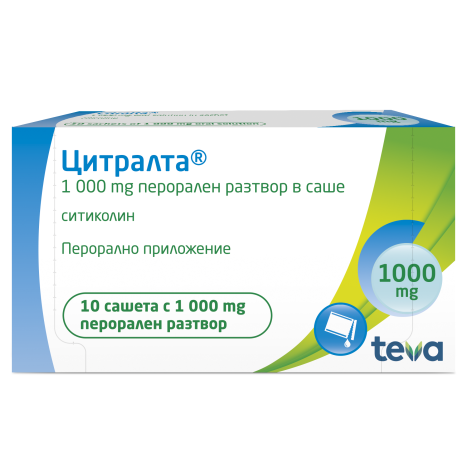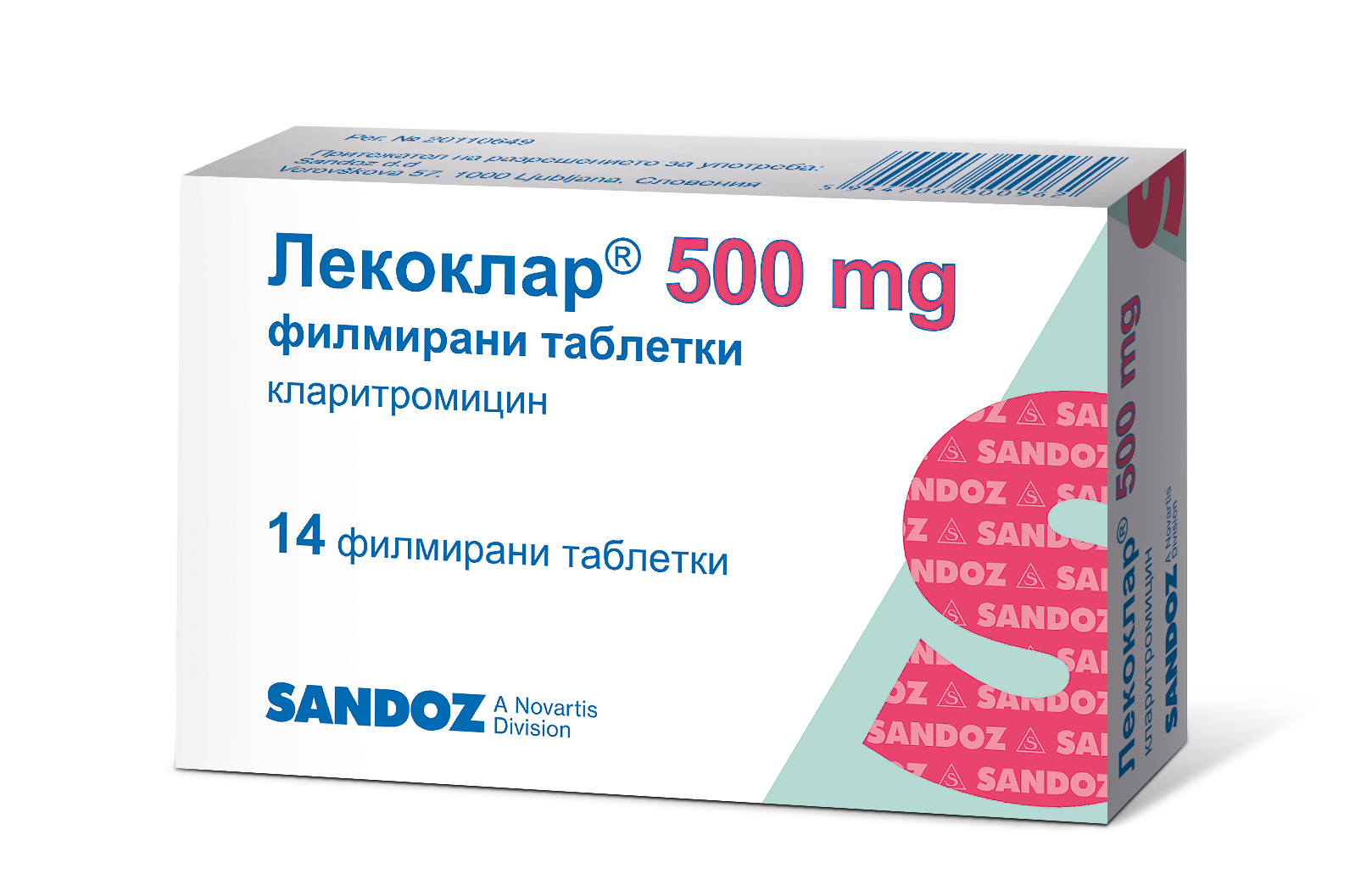CITRALTA 1000mg oral solution in sachet x 10
Citral belongs to a group of medicines called psychostimulants and nootropics, which improve brain function. Citral is used to treat memory and behavior problems caused by: - stroke, in which the blood supply to the brain is cut off by a clot or a burst blood vessel. - head trauma, a blow to the head.
Patient information leaflet
Citralta 1,000 mg oral solution in sachet
Citralta 1000 mg oral solution in sachet
citicoline
Read all of this leaflet carefully before you start taking this medicine because it contains important information for you.
- Keep this leaflet. You may need to read it again.
- If you have any further questions, ask your doctor or pharmacist.
- This medicine has been prescribed for you personally. Do not pass it on to others. It may harm them, even if their signs of illness are the same as yours.
- If you get any side effects, tell your doctor or pharmacist. This includes any possible side effects not listed in this leaflet. See section 4.
What this leaflet contains
1. What Citralta is and what it is used for
2. What you need to know before you take Citralta
3. How to take Citralta
4. Possible side effects
5. How to store Citralta
6. Contents of the pack and other information
1. What Citralta is and what it is used for
Citral belongs to a group of drugs called psychostimulants and nootropics, which improve brain function.
Citral is used to treat memory and behavior problems caused by:
- a stroke, in which the blood supply to the brain is interrupted by a clot or a ruptured blood vessel.
- head trauma, blow to the head.
2. What you need to know before you take Citralta
Do not take Citral
- if you are allergic to citicoline or any of the other ingredients of this medicine (listed in section 6).
- if you have an increased tone of the parasympathetic nervous system. A serious condition with
low blood pressure, sweating, tachycardia and fainting.
Warnings and precautions
Talk to your doctor or pharmacist before taking Citralta.
- if you are allergic to acetylsalicylic acid, as it may cause asthma.
Children
There are not enough studies on Citralta in children. Therefore, this medicine should only be used if your doctor considers it necessary.
Other medicines and Citralta
You should tell your doctor or pharmacist if you are taking, have recently taken or might take any other medicines, including medicines obtained without a prescription.
Citralta increases the effects of L-dopa. Therefore, you should not take Citralta at the same time as other medicines that contain L-dopa without consulting your doctor. Medicines that contain L-dopa are usually used to treat Parkinson's disease.
Citral should not be taken at the same time as medications containing meclofenoxate (drugs that are psychostimulants).
Citral with food
Citral can be taken with or without food.
Pregnancy and breastfeeding
If you are pregnant or breast-feeding, think you may be pregnant or are planning to become pregnant, ask your doctor or pharmacist for advice before using this medicine.
Citral should not be used if you are pregnant or breastfeeding unless your doctor considers it necessary.
Driving and using machines
No effects on the ability to drive or use machines have been observed.
Citral contains Ponceau 4R (E124)
This medicine may cause allergic reactions.
Citral contains sorbitol (E420)
Sorbitol is a source of fructose. If you have been told by your doctor that you (or your child) have an intolerance to some sugars or have been diagnosed with hereditary fructose intolerance, a rare genetic disorder in which people cannot break down fructose, talk to your doctor before you (or your child) take or are given this medicine.
Citral contains parahydroxybenzoates
This medicine contains propyl parahydroxybenzoate (E216) and methyl parahydroxybenzoate (E218) and may cause allergic reactions (possibly delayed).
Citrate contains sodium
This medicine contains 80.8 mg sodium (main ingredient of cooking/table salt) in each 10 ml sachet. This amount is equivalent to 4% of the recommended maximum daily dietary intake of sodium for an adult.
3. How to take Citralta
Always take this medicine exactly as your doctor or pharmacist has told you. If you are not sure, ask your doctor or pharmacist.
The recommended dose is 1 or 2 sachets per day, depending on the severity of the disease. This medicine can be taken directly or dissolved in half a glass of water (120 ml) during meals or at other times.
If you take more Citralta than you should
Consult your doctor or pharmacist immediately, stating the name of the medicine and the amount you have taken.
If you forget to take Citralta
Take the dose as soon as you remember. Do not take a double dose to make up for a missed dose.
If you stop taking Citralta
Your doctor will tell you how long your treatment with Citralta will last. Do not stop treatment without talking to your doctor.
If you have any further questions on the use of this medicine, ask your doctor or pharmacist.
4. Possible side effects
Like all medicines, this medicine can cause side effects, although not everybody gets them.
Side effects of this medicine are very rare (may affect up to 1 in 10,000 people). You may experience hallucinations, headache, dizziness, shortness of breath, nausea, vomiting, sometimes diarrhoea, flushing, hives, rash, purple spots on the skin, chills, swelling of the extremities and changes in blood pressure. If you experience any of these symptoms or any other symptoms, tell your doctor.
Reporting side effects
If you get any side effects, tell your doctor or pharmacist. This includes any possible side effects not listed in this leaflet. You can also report side effects directly via the Bulgarian Medicines Agency, 8 Damyan Gruev Street, 1303 Sofia, tel.: 02 8903417, website: www.bda.bg. By reporting side effects, you can help to obtain more information on the safety of this medicine.
5. How to store Citralta
Keep out of the reach of children.
Do not use this medicine after the expiry date which is stated on the carton after “EXP”. The expiry date refers to the last day of that month.
This medicine does not require any special storage conditions.
VV-06344244 v2.0
4
ES/H/0840/001/DC 20230118
Do not throw away any medicines via wastewater or household waste. Ask your pharmacist how to dispose of medicines you no longer use. This will help to protect the environment.
6. Contents of the pack and other information
What does Citral contain?
- Active substance: citicoline. Each sachet contains 1,000 mg citicoline (as sodium salt).
- Other ingredients (excipients): saccharin sodium (see section 2 “Citralta contains sodium”), liquid sorbitol (non-crystallising) (E420) (see section 2 “Citralta contains sorbitol (E420)”), glycerol (E422), methyl parahydroxybenzoate (E218), propyl parahydroxybenzoate (E216) (see section 2 “Citralta contains parahydroxybenzoates”), sodium citrate, glycerol formal, potassium sorbate (E202), strawberry flavour (containing propylene glycol (E1520), red colouring agent Ponceau 4R (E124) (see section 2 “Citralta contains Ponceau 4R (E124)”), citric acid and purified water.
What Citralta looks like and contents of the pack
Citral is a clear pink solution with a strawberry odor and taste. It is available in a pack containing 10, 30 or 30 (3x10) heat-sealed sachets of PET/LDPE/aluminium/PE with 10 ml of oral solution per sachet.
Not all types of packaging can be placed on the market.
Marketing Authorisation Holder
Teva BV
Swensweg 5
2031 GA Haarlem
Netherlands
Manufacturers
Galenicum Health, SL
Avda. Cornellá 144, 7º-1ª, Edificio LeklaEsplugues de Llobregat
08950 Barcelona
Spain
SAG MANUFACTURING SLU
Crta NI, Km 36, San Agustin de Guadalix
28750 Madrid
Spain
This medicine is authorised for use in the Member States of the European Union.







